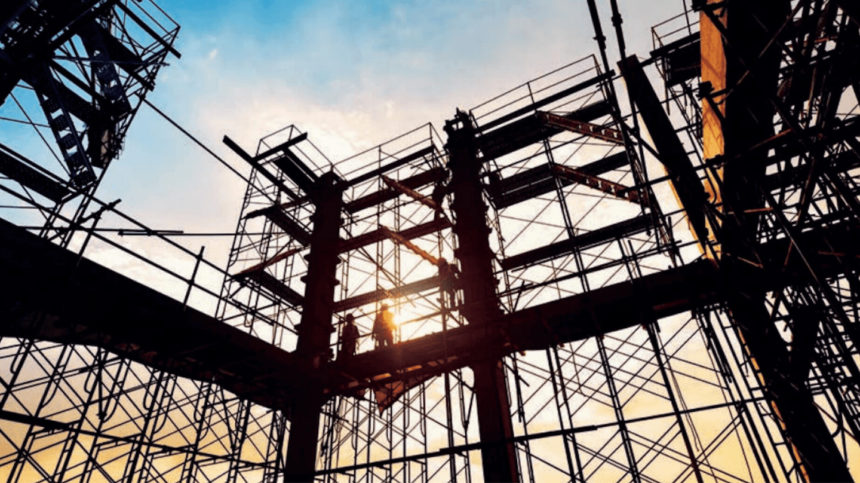Development costs for senior living construction have risen substantially since the beginning of the pandemic, and are still rising, according to a CBRE Research report released Wednesday.
“The cost to develop a seniors housing project is rising sharply, fueled by higher labor and materials costs, operating expenses and entitlement outlays. Meanwhile, returns — projected stabilized net operating income as a percentage of overall development costs — dipped slightly to 8.6%,” the authors wrote.
Since 2020, the cost to develop a senior living project has increased 17.8% to $317,400 per unit, or $333 per square foot. Hard costs represented the largest portion of total development cost, at 70.2%, followed by soft costs at 18.5% and site acquisition costs at 8.2%, according to the data.Return on cost, when measured as projected stabilized net operating income as a percentage of overall development costs, averaged 8.6%.
Site acquisition costs make up a large portion of the total cost of development. According to the report, site costs for most developments ranged from $12,100 to $33,500 per revenue unit. Site costs are affected by area density, regulatory climate and demographic trends.
Sitework, foundation, building shell construction, roofing, interior finishes, landscaping, signage and labor are the largest costs, the authors noted. The hard costs range from $173 to $262 per square foot of gross building area and 65.6% to 75.8% of total development cost.
Developers should figure on about 18.5% of total development costs and $63.50 of gross building area for soft costs such as inspection fees, construction loan costs, architectural and design costs, project management, operating deficit and any other carry cost, during the construction and leasing phases, according to the report.
And don’t forget to factor in the furniture, fixtures and equipment costs, which average about 3% of total development costs and $9,700 per revenue unit, the authors said.
“Although considerable, these expenditures are not always included in development costs because they are not a permanent part of the building,” they wrote.
Capitalization rates on stabilized assets have compressed slightly over the past year, to 6.2%, according to the report. Despite a meaningful increase in the stabilized value, returns on cost fell slightly, to 8.6%.


